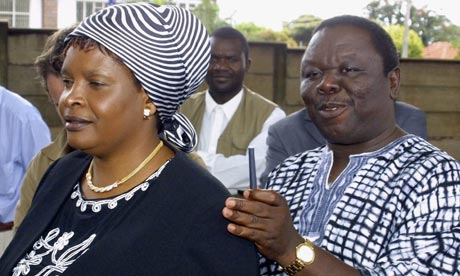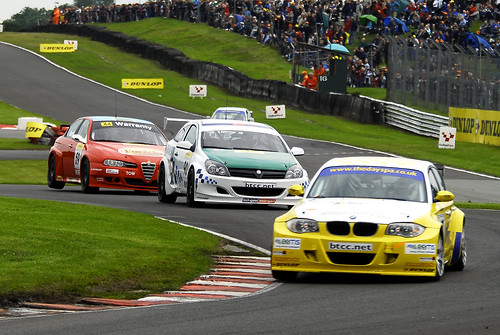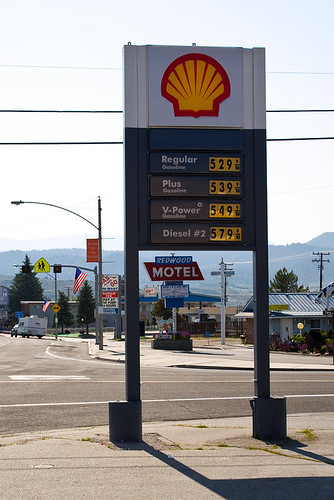
Susan and Morgan Tsvangirai during the 2005 elections. Photograph: Desmond Kwande/Getty Images
Zimbabwe‘s prime minister, Morgan Tsvangirai, has survived a car crash that killed his wife, Susan, near Harare today.
Tsvangirai’s Movement for Democratic Change (MDC) said the prime minister was injured but not critically in the collision with a lorry. He was taken to a clinic in the capital. The driver of his official vehicle was seriously injured. There was no word on the condition of the lorry driver.
The party said there was no immediate reason to believe the accident was suspicious, but it was awaiting full details. An MDC official said that from information at the scene it appeared the lorry driver fell asleep at the wheel.
MDC officials said the couple had been heading to Mr Tsvangirai’s home town of Buhera for a political rally. Mrs Tsvangirai died at the crash scene.
The couple were married for 31 years and had six children.
Mrs Tsvangirai was widely respected in Zimbabwe as the antithesis of President Robert Mugabe’s extravagant and free-spending wife, Grace, who showed little concern for the plight of the many hungry and poor in her country.
Susan Tsvangirai largely avoided the limelight but did speak out on women’s rights and Aids. She was deeply religious.
Zimbabwe’s roads are notoriously dangerous, having deteriorated in recent years through lack of maintenance. Drivers are forced on to the wrong side to weave around potholes. Many vehicles drive without proper lights and brakes because of the difficulty and expense of obtaining spare parts.





 The low-carbon fuel standard, if approved next month by the state’s
The low-carbon fuel standard, if approved next month by the state’s 



















